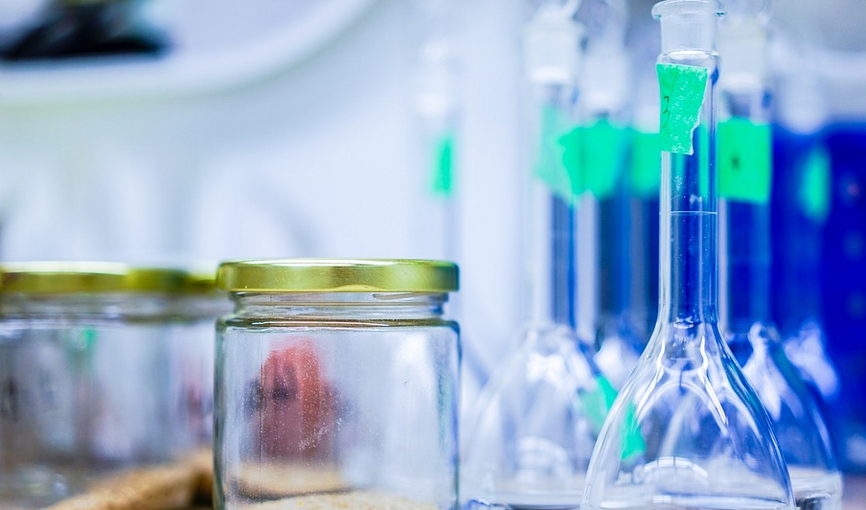What is Chemical Potential Energy?
Chemical potential energy is the energy stored within the bonds of chemical compounds. It is a form of potential energy because it has the potential to do work once the bonds are broken. For example, when gasoline burns in a car engine, the chemical potential energy stored in the gasoline molecules is converted into kinetic energy to power the car.
The Four-Stroke Engine Cycle
Most cars use a four-stroke engine cycle to convert chemical potential energy into motion. The cycle consists of four stages: intake, compression, combustion, and exhaust.
Intake Stage
In the intake stage, the piston moves down and the intake valve opens to allow a mixture of air and fuel into the engine cylinder. The fuel is typically gasoline, which is a hydrocarbon compound that contains a lot of chemical potential energy.
Compression Stage
In the compression stage, the piston moves up and compresses the air-fuel mixture into a smaller volume. This increases the pressure and temperature of the mixture, which helps to break the chemical bonds in the gasoline molecules and release their stored energy.
Combustion Stage
In the combustion stage, a spark plug ignites the compressed air-fuel mixture, causing it to burn rapidly and release a large amount of energy in the form of heat and expanding gases. This pushes the piston down and creates the power stroke that drives the car.
Exhaust Stage
In the exhaust stage, the piston moves up again and the exhaust valve opens to release the burned gases from the engine cylinder. The process then repeats itself for the next cycle.
The Role of the Engine Components
Several engine components work together to convert chemical potential energy into motion. These include the piston, connecting rod, crankshaft, camshaft, valves, spark plug, and fuel injectors.
Piston and Connecting Rod
The piston and connecting rod transfer the energy from the expanding gases to the crankshaft, which converts the linear motion of the piston into rotational motion.
Crankshaft and Camshaft
The crankshaft and camshaft work together to control the opening and closing of the engine valves, which are necessary for the intake, compression, combustion, and exhaust stages.
Valves and Fuel Injectors
The valves and fuel injectors are responsible for controlling the timing and amount of fuel and air that enter the engine cylinder, which affects the efficiency and power of the engine.
Conclusion
A car engine is a complex machine that converts chemical potential energy into motion through a series of carefully timed and controlled processes. By understanding how these processes work and the role of the engine components, we can appreciate the engineering behind our everyday mode of transportation.

